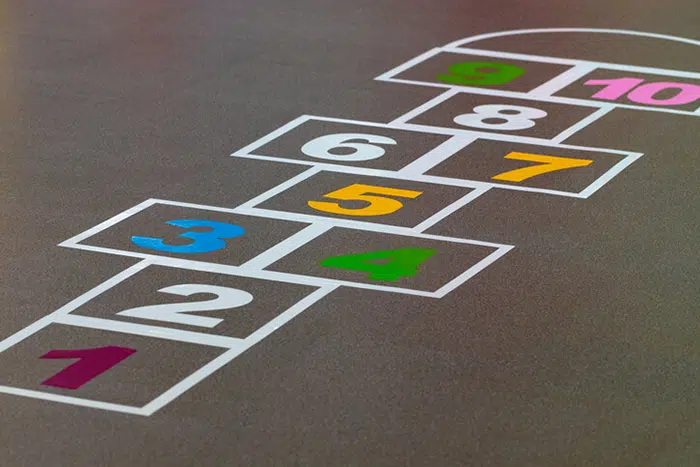
The 3-2-1 Strategy
The 3-2-1 Strategy is structured to help students think more deeply about the topics they have learned in class. There are many variations to the 3-2-1 Strategy and many content areas in which it can be applied. Typically, the 3-2-1 Strategy requires students to reflect on content broken into parts. Students must respond with three responses to one prompt, two responses to another prompt, and one response to a final prompt. Examples of the 3-2-1 Strategy are:
Three things you have learned
Two questions you still have
One thing that is most interesting to you
Three details from your reading
Two interesting ideas you learned
One question you still have
Three similarities
Two differences
One question you still have about the concepts
The 3-2-1 Strategy can be modified to check for understanding and student reflection in a variety of ways, including:
- Examples of a concept
- Non-examples of a concept
- Ways it applies to your own life
- Opinions you have
- Examples of textual evidence
- Character traits
- Connections you made to prior knowledge
How to Use the 3-2-1 Strategy
The 3-2-1 Strategy is an excellent method to check for understanding at the end of a lesson. It is best used to help students summarize and think about the concepts they learned over a longer period of time, rather than within the lesson itself.
To implement the Strategy, determine what you want students to learn from the new lesson based on your content objectives. Choose what each number of the 3-2-1 reflection will represent. The suggestion provided to you here and in the free resource is only one way in which you can ask questions for your students to answer. After teaching the lesson, display an outline such as the one shown below, or provide students with a graphic organizer, and ask students to complete the prompts.
3 Things I Learned:
1.
2.
3.
2 Questions I Still Have:
1.
2.
Answers:
1 Picture of What I Have Learned:
In the example above, the teacher utilized this method for a group of English Language Learners learning both new concepts and a new language. The lesson she taught involved conductors and insulators, so she asked students first to list three facts they learned about conductors and insulators in class. She has also decided to require students to ask two questions they still have because the topic contained many new vocabulary words. Indeed, as she suspected, some students wrote questions like “what does the word thermal mean” or “what is rubber?”.
She then also provided a space for students to write answers so that she could immediately address their questions at the moment. As students shared their questions, she answered them and prompted them to write the answers down in their graphic organizers. Finally, because many of her students are visual learners, she required them to draw one picture of their learning to summarize the day’s lesson. She was delighted to see students using examples of conductors and insulators in their pictures with visuals on how well the materials allowed heat to pass through.
The 3-2-1 Strategy is a great method to teach students how to analyze what they know and do not know from a lesson. Consider variations you can apply to the 3-2-1 Strategy that includes not just recall of concepts but the application of the class ideas to the real world.





